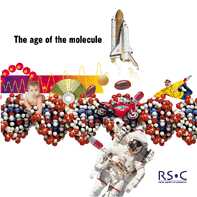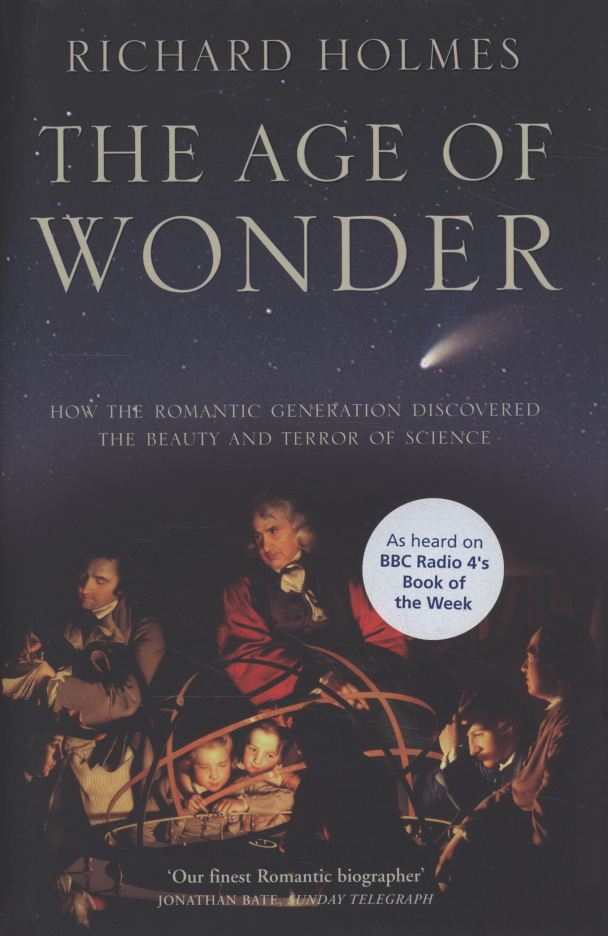Filters
Clear allSubject
- Careers (381) Apply Careers filter
- Climate Change (29) Apply Climate Change filter
- Computing (99) Apply Computing filter
- Creative arts and media (3) Apply Creative arts and media filter
- Cross curricular (97) Apply Cross curricular filter
- Design and technology (414) Apply Design and technology filter
- Engineering (320) Apply Engineering filter
- Food Preparation and Nutrition (24) Apply Food Preparation and Nutrition filter
- Health and safety (3) Apply Health and safety filter
- Leadership (23) Apply Leadership filter
- Mathematics (356) Apply Mathematics filter
- Personal development (28) Apply Personal development filter
- Psychology (34) Apply Psychology filter
- Space (12) Apply Space filter
- STEM Ambassadors (13) Apply STEM Ambassadors filter
- STEM Clubs (12) Apply STEM Clubs filter
Age range
Type
- Activity sheet (540) Apply Activity sheet filter
- Article (567) Apply Article filter
- Assessment (16) Apply Assessment filter
- Audio (56) Apply Audio filter
- Data set (14) Apply Data set filter
- Demonstration (70) Apply Demonstration filter
- Diagram (1) Apply Diagram filter
- Experiment (179) Apply Experiment filter
- Game (9) Apply Game filter
- Group work (22) Apply Group work filter
- Image (36) Apply Image filter
- Information sheet (260) Apply Information sheet filter
- Interactive resource (66) Apply Interactive resource filter
- Lecture (4) Apply Lecture filter
- Open-ended task (4) Apply Open-ended task filter
- Poster (41) Apply Poster filter
- Presentation (119) Apply Presentation filter
- Quiz (7) Apply Quiz filter
- Research (450) Apply Research filter
- Self assessment (27) Apply Self assessment filter
- Simulation (2) Apply Simulation filter
- Teacher guidance (905) Apply Teacher guidance filter
- Textbook (165) Apply Textbook filter
- Video (538) Apply Video filter
- (-) Remove Include Physical Resources filter Include Physical Resources
Showing 5218 results

A description of the key developments in the molecular sciences and those likely to happen in the future. These include the many remarkable discoveries made in the life sciences, and the huge variety of technological...

Richard Holmes, prize-winning biographer of Coleridge and Shelley, explores the scientific ferment that swept across Britain at the end of 18th century in his ground-breaking new biography The Age of Wonder. ...
Introduction to the Grand Challenge resources
This resource forms part of the ageing society resources from the Grand Challenges resource collection. The introductory video can be found here.
The ageing society – level 3 resource package consists of activities designed to run for around two to three hours...
These technical briefs look at agricultural production in many parts of the world, carried out on a small-scale by farmers. Relatively small improvements in agricultural practice can have a big impact on yield and dramatically improve the life of a farmer and their family.
Technical briefs are documents...
This Nuffield Working with Science unit was designed to enable students to investigate the sources, nature and impacts of air pollution.
Guidance for teachers and technicians appears in...
Alan works at the UK Astronomy Technology Centre, and is designing software for the James Webb Space Telescope. Alan talks about his work on the mid infrared instrument which will look at the formation of galaxies in the early universe. He uses coding in his job and explains how you need to write algorithms to a...
A Catalyst article about the life and ideas of Albert Einstein. He is most famous for his ideas on relativity which formed the theory of general relativity, in which he showed that gravity could be explained as the effect of large masses on space. After the Second World War he also worked with other scientists and...
A Catalyst article about alchemy, the study of eternal life, salvation, and the answer to the ultimate questions about life, the universe and everything. It flourished for more than 1500 years until, in the late 1600s, the beginnings of modern, scientific chemistry edged it aside. The article looks at what was...
This Catalyst article looks at the work of Alfred Russel Wallace who developed a theory of evolution in parallel with Charles Darwin; they published their findings jointly. As a scientist he was interested in lots of different things, from how different species came into existence to the question of whether ghosts...
This reliable practical allows students to use algae to look at the rate of photosynthesis with quantifiable and replicable results. In this protocol, the...
Alice and Bob in Wonderland are animations produced by the Perimeter Institute for Theoretical Physics. They are based around the questions that Alice has about the physical world and how these can lead to "powerful ideas" in physics, such as energy-mass equivalence and relativity. Topics include time travel, the...
This item is one of over 25,000 physical resources available from the Resources Collection. The Archive Collection covers over 50 years of curriculum development in the STEM subjects. The Contemporary Collection includes all the latest publications from UK educational publishers.
Produced by the Royal Observatory Greenwich, this booklet gives instructions on a practical demonstration of the Doppler effect. The practical uses a portable speaker an audio software to calculate the change in frequency. Included is an online video that shows the demonstration and places it in the context of...
This podcast from the Natural Environment Research Council's (NERC) Planet Earth Online collection looks at invasive species of plants and animals. Many of them are well-known. Grey squirrels, harlequin ladybirds, buddleia, Japanese knotweed - the list goes on. Some of these aliens, or invasive species to give them...
